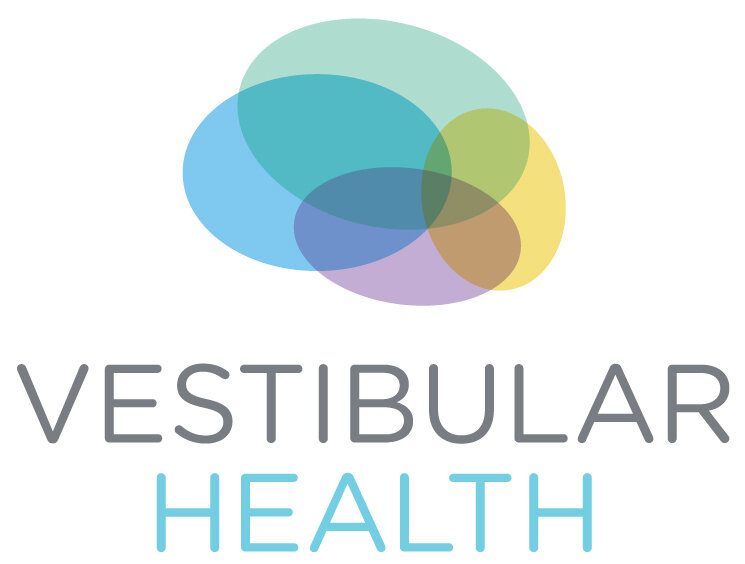Vertigo, dizziness, imbalance & vestibular rehab after stroke
Elizabeth Crawford presented a webinar for the Central South Regional Stroke Network on vestibular symptoms and the role of vestibular rehabilitation after stroke, as part of their education series on posterior circulation strokes.
The posterior circulation is the blood supply to the back of the brain. With a posterior circulation stroke, this blood supply is disrupted causing damage to the brain. This can affect vestibular function as the areas of the brain responsible for balance, eye movement, coordination, and modulating the vestibulo-ocular reflex are supplied by the posterior circulation.
Watch Elizabeth’s talk here:
Key concepts from this presentation
Vestibular symptoms such as vertigo, dizziness, and balance problems are common after posterior circulation stroke. This is because both the peripheral vestibular system (inner ear balance organs and vestibulocochlear nerve) and the central vestibular system (cerebellum and brainstem) are supplied by the posterior circulation.
Posterior circulation stroke can result in a mix of peripheral and central vestibular signs. An anterior inferior cerebellar artery (AICA) stroke in particular can result in a mix of peripheral and central vestibular dysfunction, as a branch of the AICA provides blood supply to the inner ear (the internal auditory artery). We can also see peripheral vestibular signs when the root entry zone of the vestibulocochlear nerve is affected in the brainstem, at the junction of the pons and medulla. Signs of peripheral vestibular dysfunction include impairment of the vestibulo-ocular reflex with a positive head impulse test and abnormal dynamic visual acuity. Signs of central vestibular dysfunction include gaze evoked nystagmus, impaired smooth pursuit, and inability to suppress the vestibulo-ocular reflex.
Older adults are both at increased risk for stroke and increased risk for vestibular dysfunction. Individuals may have pre-existing vestibular dysfunction prior to having a stroke, making them potentially more vulnerable to having dizziness and balance problems after a cerebellar stroke.
Dizziness with position changes is a common occurrence in acute care and rehab settings, but you should not assume that it is due to orthostatic hypotension. Postural blood pressure drop can cause dizziness with getting up from lying down or sitting, but it is not the only cause of dizziness with changing positions. Benign Paroxysmal Positional Vertigo (BPPV) can cause dizziness with lying down, getting up, turning in bed, or bending down and up. BPPV is relatively common and can be very effectively treated. BPPV should be suspected when symptoms last less than a minute and occur with changes in head position relative to gravity. Treating BPPV can substantially improve balance and reduce risk of falls.
Vestibular rehabilitation exercises can be added to usual care during stroke rehab. The addition of vestibular rehab strategies may provide additional benefit for people with dizziness post-stroke and may improve gait and balance outcomes. This could involve gaze stability exercises for vestibulo-ocular reflex impairment, habituation exercises for motion provoked symptoms, and gait and balance training with consideration to challenging the vestibular, visual, and somatosensory systems.
For more professional development and stroke education resources visit the Central South Regional Stroke Network.

